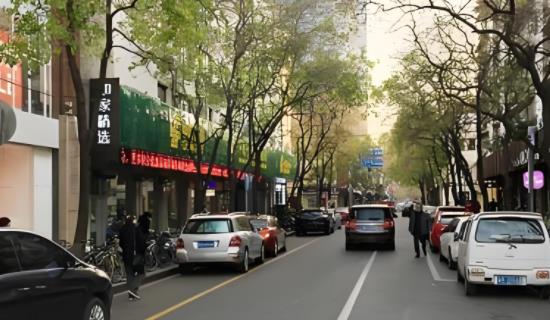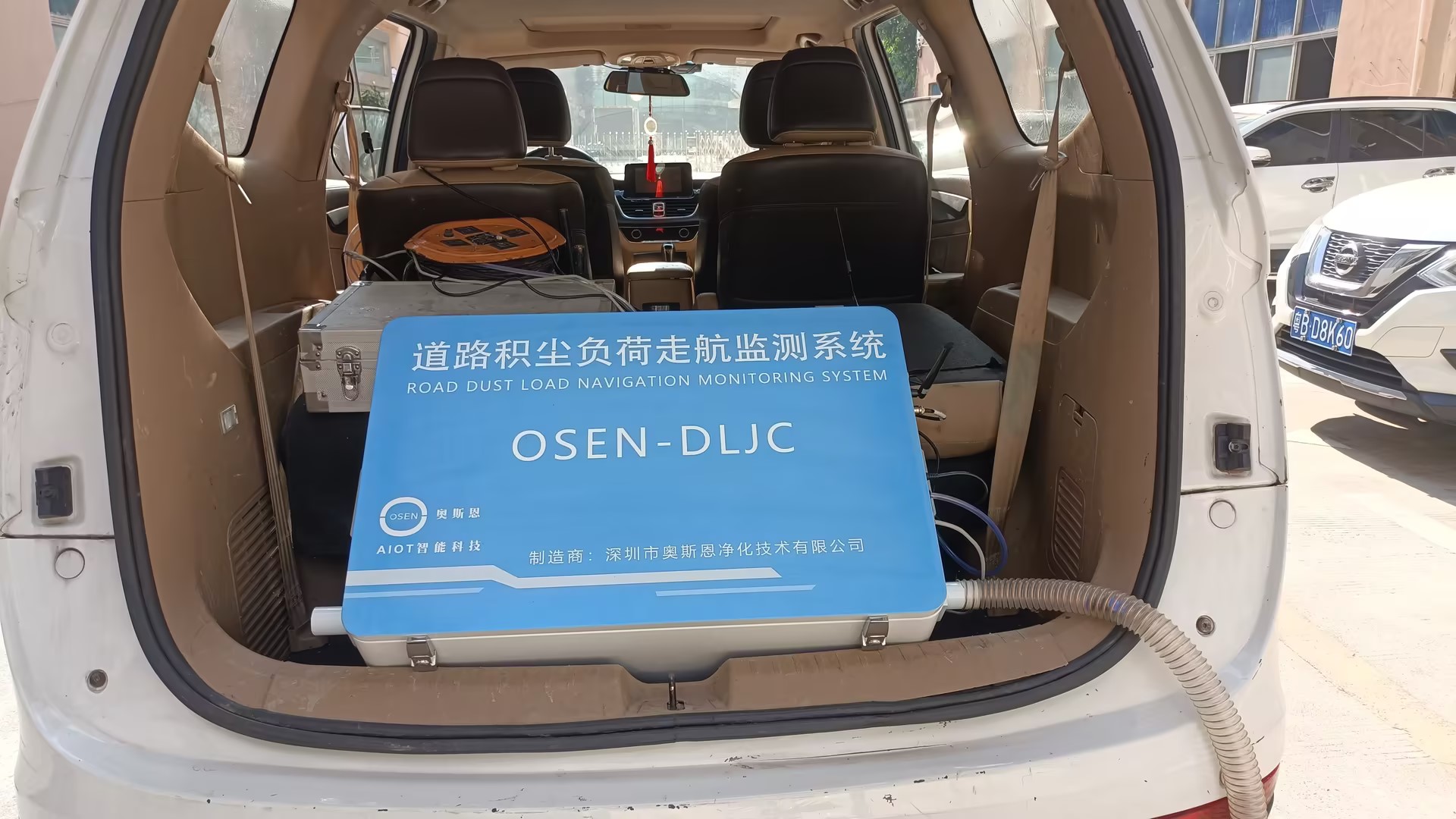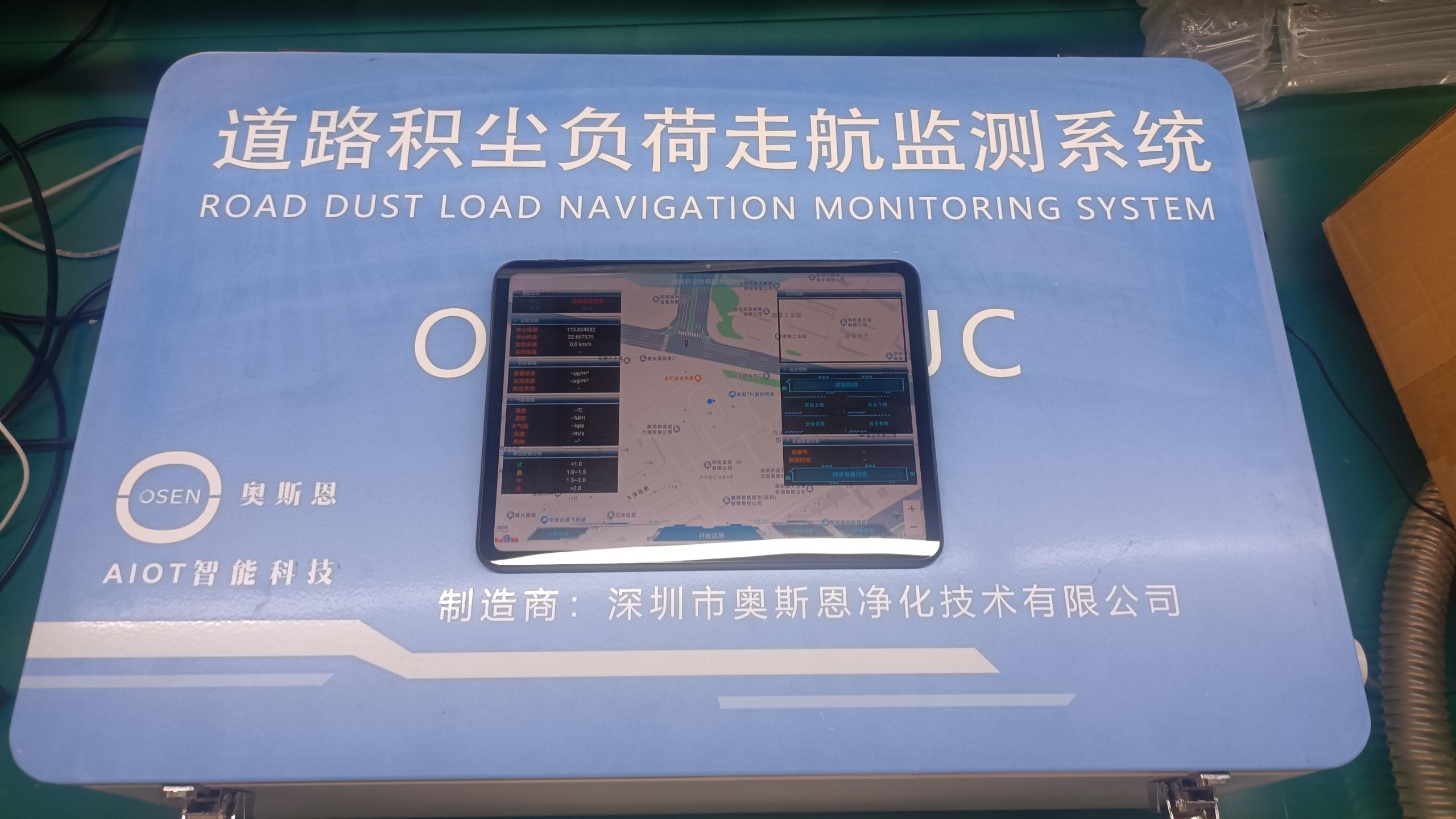The road dust load navigation monitoring system scheme adopts a unique dust proof structure with imported particulate matter sensors
2025-05-08 09:23:49
Background of Road Dust Load Monitoring System
In recent years, urban road traffic has surged and construction has become frequent, resulting in the accumulation of dust on the road surface. These dust deposits contain particulate matter such as PM2.5 and PM10, as well as pollutants such as heavy metals and organic matter, which are easily lifted up during vehicle operation, causing secondary dust pollution, seriously affecting air quality, and threatening the health of citizens. Meanwhile, traditional manual detection methods have low efficiency and large errors, making it difficult to meet the requirements of refined management. In addition, with the deepening of the battle against air pollution prevention and control, scientifically assessing the degree of road dust pollution and accurately locating polluted road sections have become urgent tasks for urban environmental governance. The road dust load monitoring system, relying on automated and high-precision monitoring technology, can quantify the road dust load in real time, providing data support for developing targeted cleaning and sanitation plans, scientifically evaluating governance effectiveness, and becoming an indispensable technical means for urban fine management and air pollution prevention and control.

Introduction to Road Dust Load Monitoring System
Road dust refers to the accumulation of dust on highways, which is lifted and mixed one or more times under certain dynamic conditions (such as wind, vehicle crushing, or crowd activity), and enters the air to form particles with a certain particle size distribution. The road dust pollution monitoring system does not monitor the accumulation of dust on the roadside, but rather monitors the dust on the road area where vehicles pass through. It is an important indicator for measuring road dust emissions.
The road dust pollution monitoring system adopts a vehicle equipped road dust monitoring system to monitor the road dust data generated during the vehicle?s driving process. Through big data algorithms, the dust situation on the road surface is calculated, and the traffic dust emission factor of the road is calculated based on the vehicle speed and weight, to conduct potential dust emission statistics for various road sections in the city. Not affected by factors such as time and space environment, it can query monitoring points and cruise trajectories of the navigation monitoring system, monitor and output data at any time, and organize the data into reports through system calculations. It can support export and other services, making it simple and efficient.

system platform
Real time monitoring of street data through on-site equipment, and quality control, analysis, and application of monitoring data in software systems. Diversified display of data details, intelligent analysis and comparison, and generation of analysis reports; Combined with big data analysis models, comprehensive coverage is achieved from point to surface and gridded to achieve pollution traceability and trend prediction. At the same time, it has a data supervision screen that intuitively presents the dynamic changes of data, fully meeting the monitoring needs of regulatory units.
Keyword:




